The PHI Blog
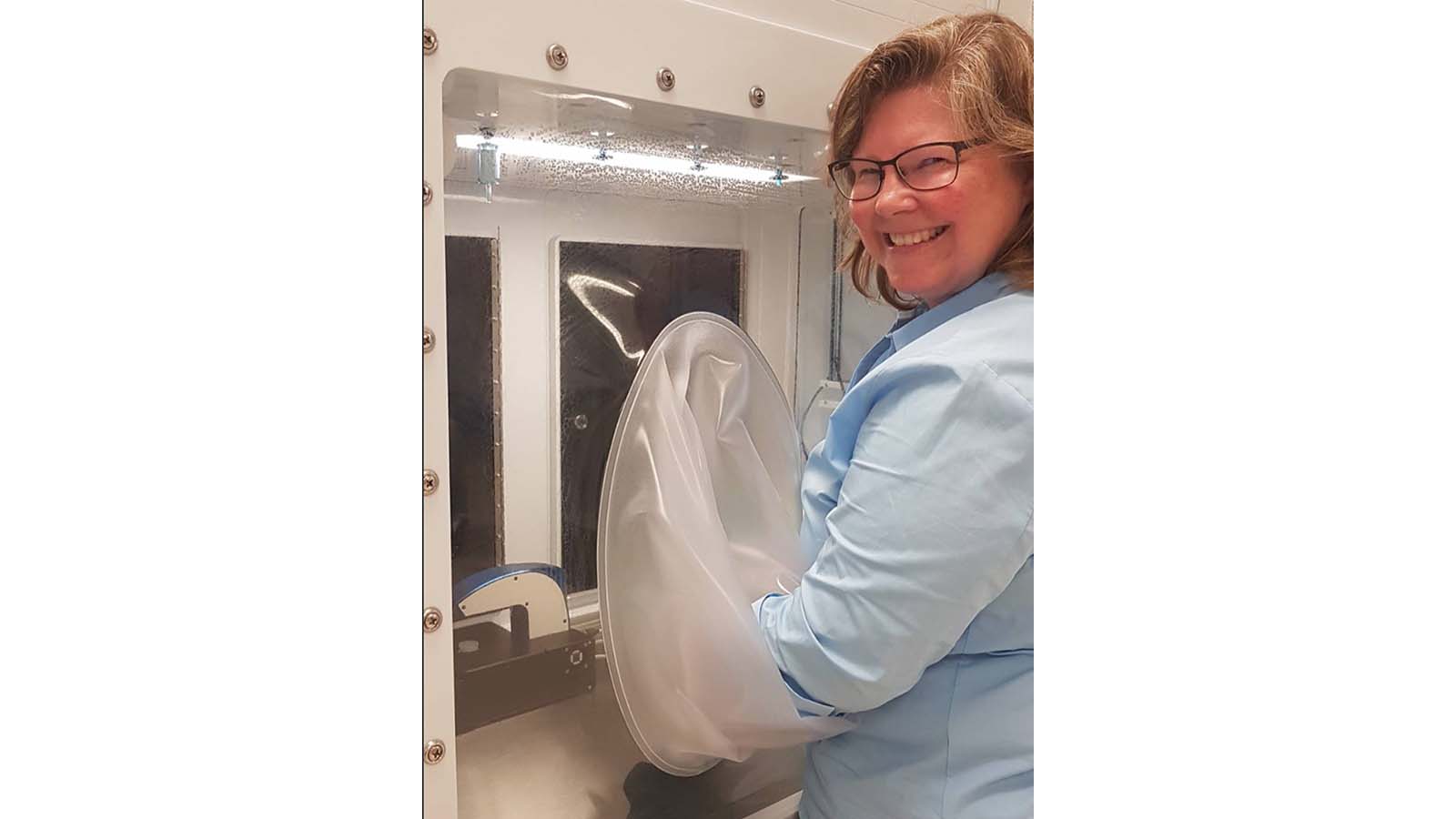
Growing & Analyzing Cells at their Best
BioSpherix and Phase Holographic Imaging (PHI) have teamed up to support researchers in their ambition to grow and analyze cells in a cell-friendly environment, without cell disturbing factors like labels, stains and temperature fluctuations.
Learn more …
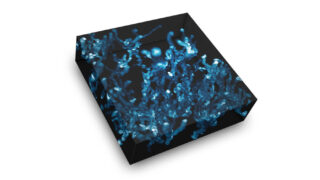
Quantitative Live-Cell Imaging Analysis
Since 2014, HoloMonitor and quantitative live-cell imaging analysis play an important role in advancing the scientific interests of researchers at Northeastern University.
Learn more …
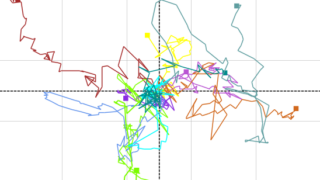
A study on Adipocyte Migration based on HoloMonitor single-cell level results
In yet another publication scientists report on how HoloMonitor was used to study cell motility and migration for deeper understanding of cell biological processes.
Learn more …
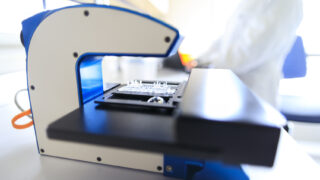
Several researchers report on the use of HoloMonitor in the fight against severe brain cancers
Understanding of how different treatment options affect cell motility and migration is thus essential when exploring the effects of new treatment options in the fight against cancer.
Learn more …
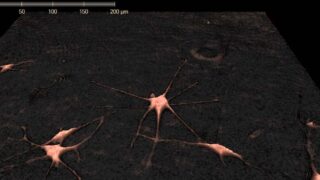
Cell Tracking for Early Skin Cancer Detection
Melanoma, the most dangerous form of skin cancer, is increasing. In the US, melanoma is one of the most common cancers among young adults. However, if the disease is caught early, then it can be cured. A research team, led by Dr Robert Judson-Torres, is tracking single cells when studying melanoma at an early stage.
Learn more …
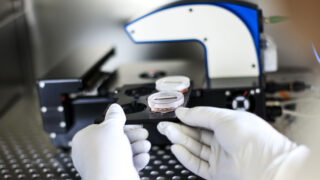
Replacing animal experiments with advanced cell culture studies
Tests on animals are routinely used in many research areas, including pre-clinical drug development and testing of chemicals and cosmetics. Today, there is a growing interest in developing alternatives to research methods that involves living animals, and also to replace animal derived components used in different kind of products.
Learn more …
